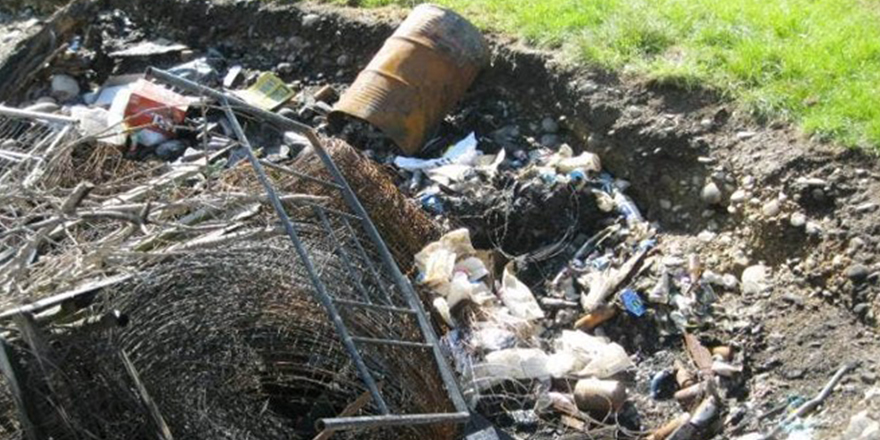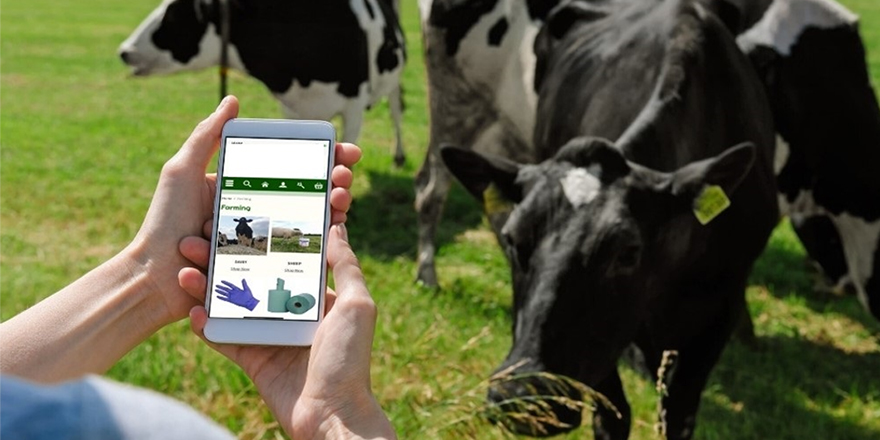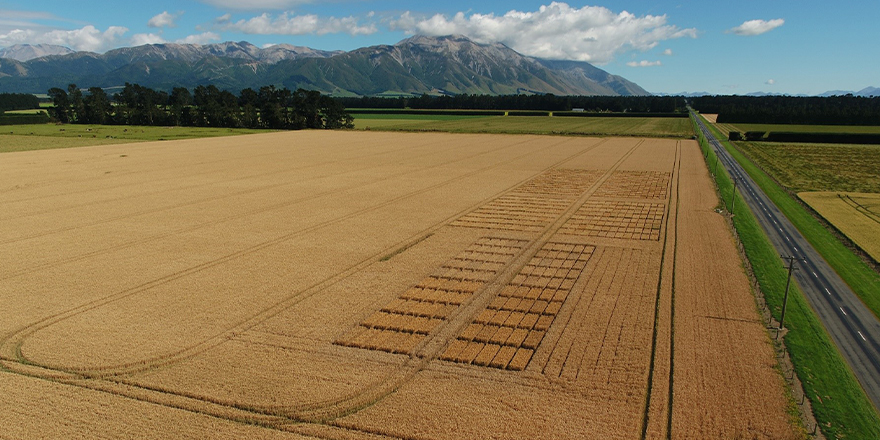Each of these areas, discussed either individually or collectively, has the potential to increase marketable yield and minimise waste through the supply chain directly or indirectly. The solution to reducing fruit waste and gaining efficiencies “lies in a combination of planning, investing, controlling, and partnering across the supply chain.” (Harz-Pitre 2013) The pipfruit industry needs to collaborate, create better transparency and technology transfer if it is to be successful in further minimising waste.
Growing pipfruit is complex; it is a dynamic biological system with many layers. Waste occurs throughout the growing cycle and the supply chain from the paddock to market. Waste fruit (apples) can account for 15 – 30% of the harvestable export crop and can be as high as 35%. The key stages of waste are: in the field, grading, and packing, storage and at retail and beyond. It is important to understand that gaining efficiencies is necessary to minimise waste. There are many mechanisms for waste minimisation and all have varying degrees of complexity. Waste is a component of all practices, processes, and procedures. One of the key drivers to reducing waste in the orchard system is the development and adoption of simple architecture. Simple architecture allows better crop load management, which is critical in reducing waste downstream in the production cycle. The impact of achieving the correct crop load can be as much as $15,000 to $29,000 per hectare. “There are 3 management practices that have a large effect on crop load: 1) pruning, 2) chemical thinning and 3) hand thinning” ( Robinson et al., 2013). Using quantitative rather than qualitative pruning strategies can reduce the inputs required for the remaining two management practices.
Chemical thinning, which relies on timing, rates and weather windows, is often variable and unpredictable. However, precision thinning which bundles new emerging technologies, such as carbohydrate modelling and new chemistries, is providing greater control. A good chemical thinning strategy can significantly reduce hand thinning to $1000 – $2000 per hectare, which could otherwise cost as much as $8,000/ha. The ability to optimise crop load is a critical component to minimising waste because significant amounts of waste are generated by getting it wrong. Crop load has a direct influence on yield recovery, and more specifically on marketable yield.
A key mechanism for increasing recoverable yield and reducing waste is good tree architecture, which allows for simpler management, and a reduction of inputs. Traditional systems or larger, denser canopies do not lend themselves to high yield recovery and high quality fruit, due to their complexity. The shift from more traditional canopies will be the catalyst for the move to greater mechanisation, because tree architecture that is Simple, Narrow, Accessible, and Productive, (SNAP) is more fruitful, less demanding, and allows for more mechanised forms of pruning, thinning and harvesting. Through their simplicity, they are creating synergies that will help speed the adoption of mechanised technology and precision farming. Growers that are on the path to full emergence in SNAP canopies currently are benefiting from the options of being able to implement partial mechanisation through harvest-assist machinery and platforms which increase productivity, are less physically demanding, attract staff, and broaden the labour pool. They require less supervision and can help increase yield recovery. Using platforms, compared to ladders, can reduce pruning and fruit thinning costs by $1,400 per hectare. SNAP canopies allow for greater light interception and increase fruit quality, spray deposition, and colour. As mechanisation advances and the technology for harvesting systems advances, a greater proportion of grading will occur in the field. Thus, reducing transport, grading, cold storage costs, and the resources required to carry out these procedures. The ability to send higher quality fruit through the orchard gate will significantly reduce waste along the supply chain.
Colouration is also linked to tree architecture, crop load, and climatic conditions, which all affect colour development. Fruit foreground colour is becoming more important as New Zealand growers focus on Asian markets where high-grade coloured fruit receives premiums. The ability to manipulate colour has significant economic benefits and increases recovery of marketable yield. The use of reflective cloth can increase the amount of fruit harvested by as much as 25%. However, the capital investment can cost up to $16,000 per hectare. The plant growth regulator, Ethephon, could be a more cost-effective alternative to help improve fruit colouration. Research has that use of Ethephon resulted in a greater volume of fruit, harvested earlier and overall, with less fruit left on trees post-harvest. The use of Ethephon, it is estimated, could increase a gross margin by $10,000 per hectare. The use of Ethephon in combination with SNAP canopies has the potential to significantly reduce waste by increasing marketable yield.
Dry matter concentration (DMC), a new quality metric for apples, has greatly increased the ability to measure quantitatively a fruit’s quality attributes. Since the introduction of DMC, “many producers have seen a marked reduction in product rejection from overseas super markets related to quality” (Plant and Food, 2011) DMC is also showing promise as a predictor of internal disorders such as browning. The cost of internal browning to the supply chain is $200 per bin before it enters the market! The ability to determine lines of fruit that have greater risk of internal disorders will greatly reduce waste and reduce economic loss of stored fruit. Perhaps the most significant tool in the post-harvest sector that has reduced waste is 1 – methylcyclopropene ( SmartFresh™), a compound that inhibits ethylene allowing better control of fruit maturation. This technology has allowed fruit to maintain better flesh firmness (crunch), a key retailer and consumer specification, reducing the amount of fruit that is rejected in market. Smart Fresh™ has enabled fruit to be stored for longer while maintaining good condition, significantly reducing waste. New markets in less developed countries are also benefiting as SmartFresh™ technology is bridging the gap where cool chain is not developed or consistent.
Perhaps the largest area of waste yet to be fully realised, is the retailer and consumer. Waste in this area is less controlled by the actions of growers and more by the perceptions of the market place. The demand of consumers has placed high product specifications on growers, ultimately causing large amounts of waste. British “supermarkets reject between 20 and 40% of farmers’ produce, often on purely aesthetic grounds.” ( EuroMonitor , 2012) “Tesco has also revealed that 40% of apples were wasted and a quarter of this is in the home”. (Smithers 2013)
The question remains : how we can influence consumers to minimise waste?
Grant Mckay, Mackay



